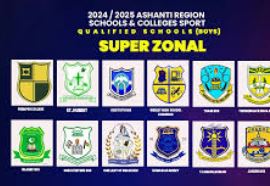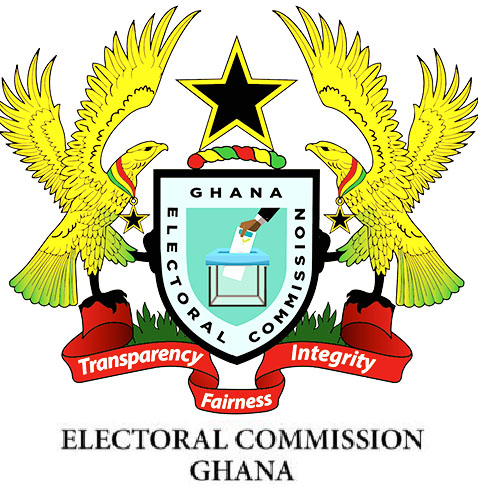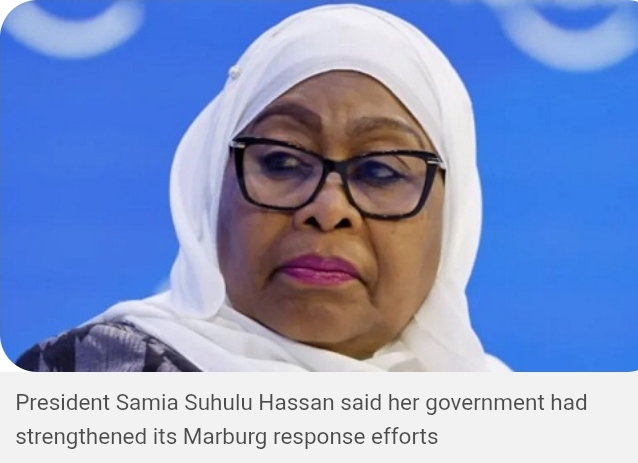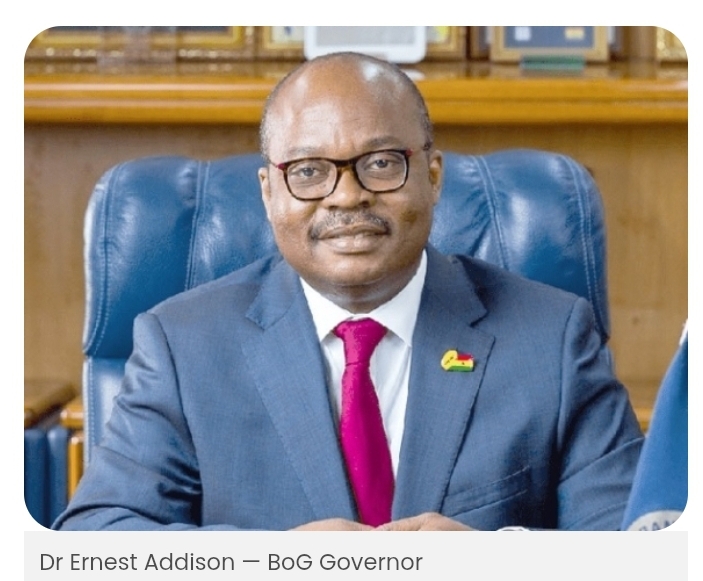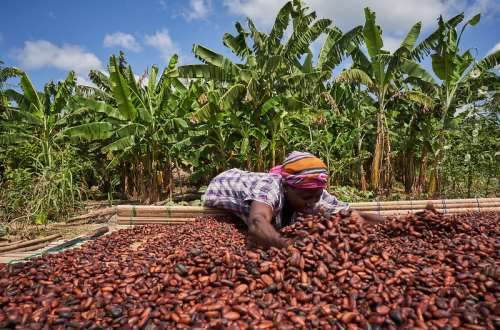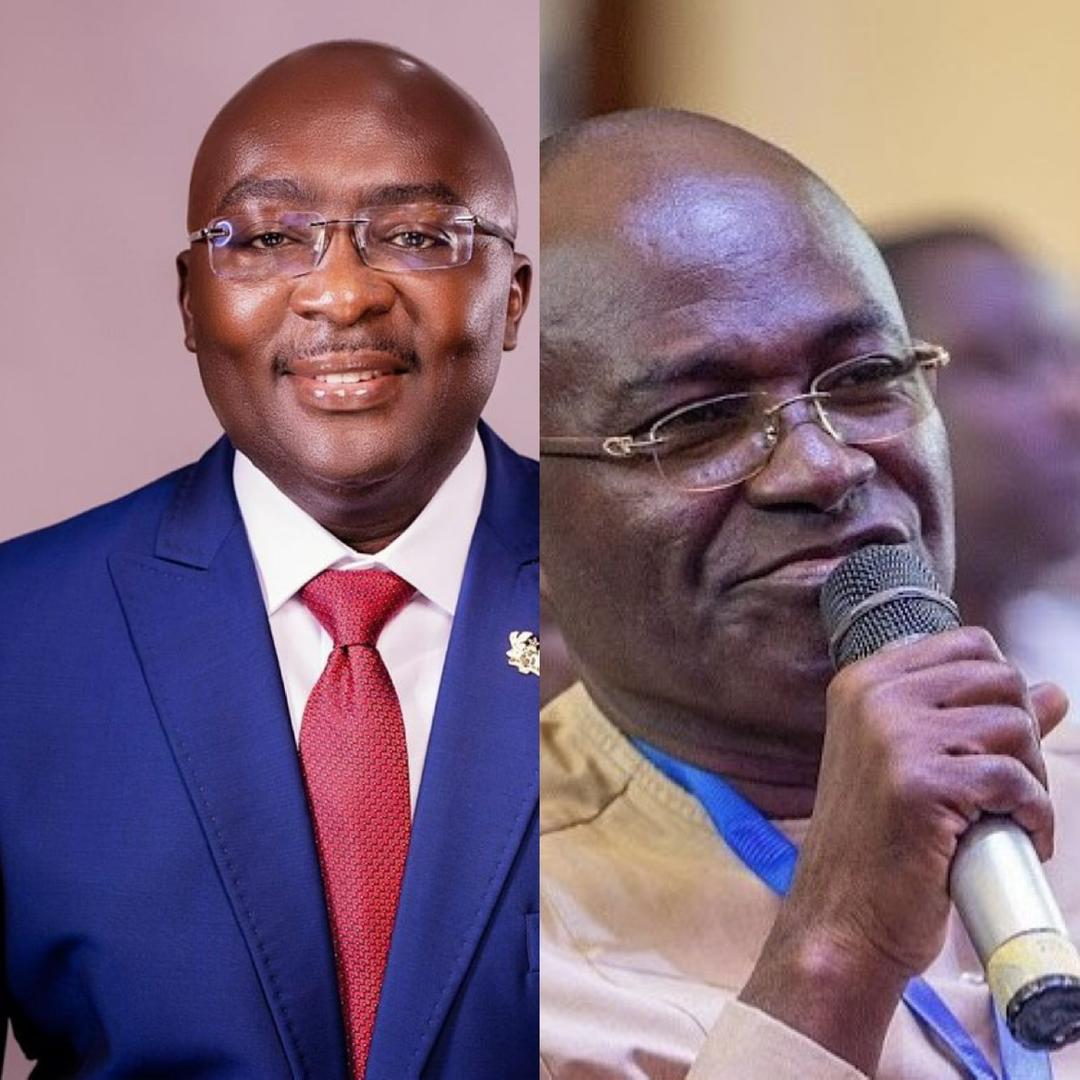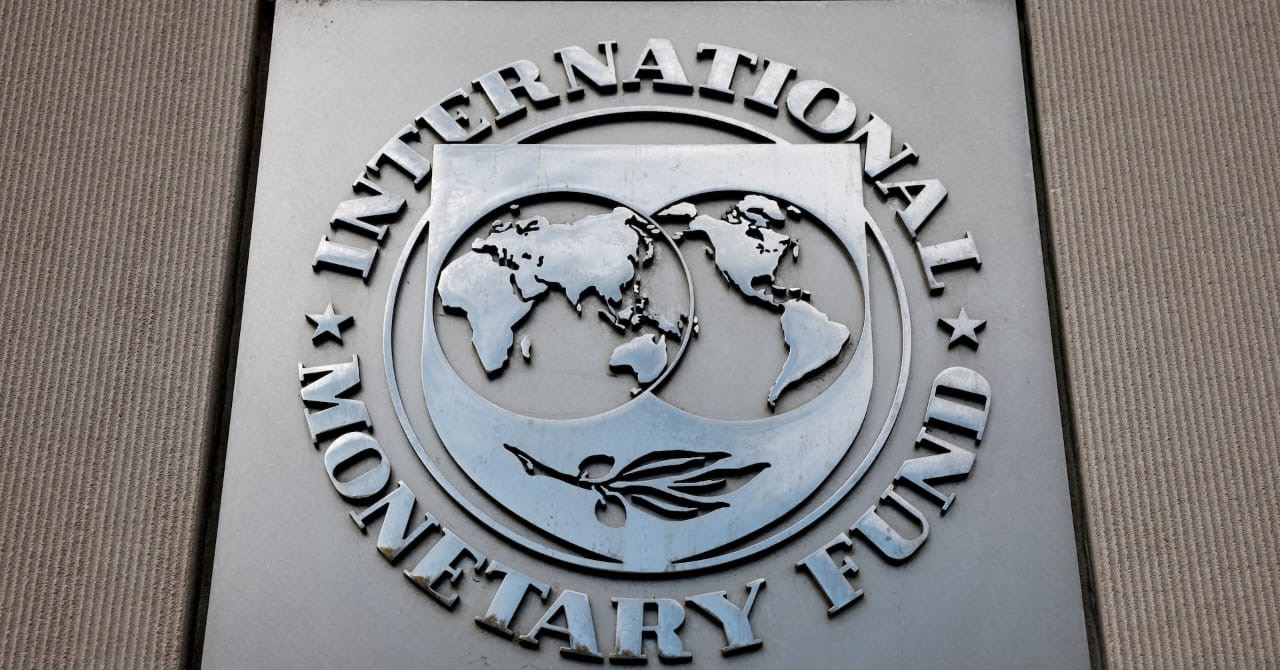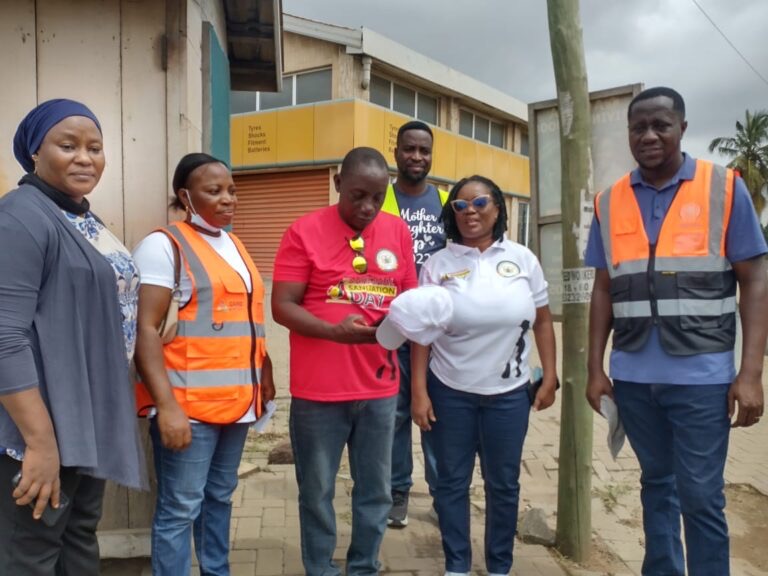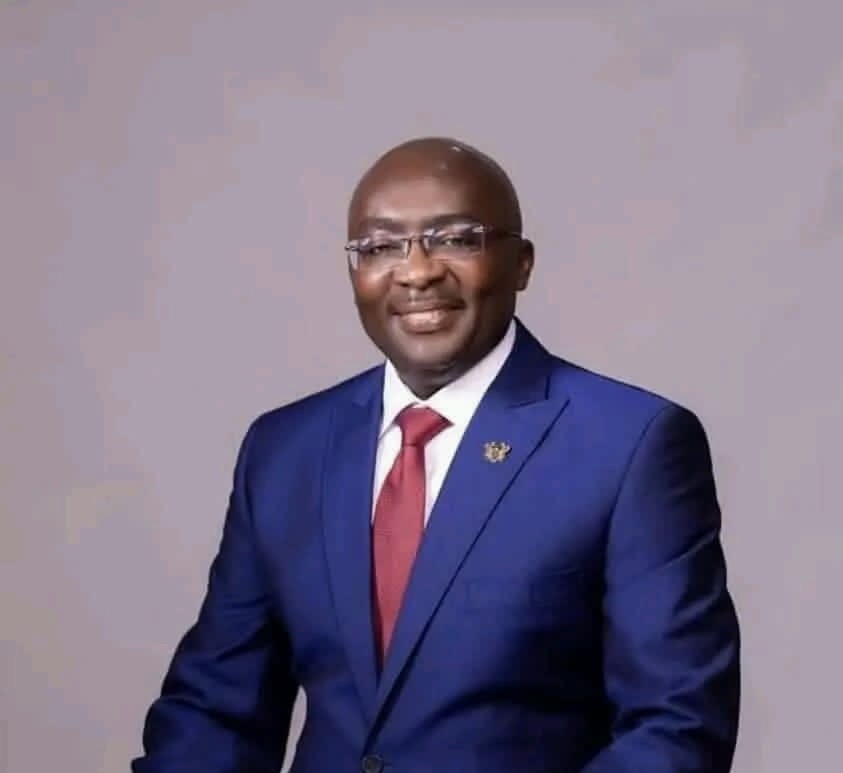By Kwame Larweh
The Baba Yara Sports Stadium in Kumasi buzzed with an electric fervor last week. The tartan tracks gleamed under the Ashanti sun, and the air reverberated with the rhythmic pounding of youthful feet, the cheers of schoolmates, and the gasps of awe from onlookers. It was the Ashanti Region Super-Zonals, an annual pilgrimage of athletic talent where senior high schools like Armed Forces Senior High Technical School, Barekese SHS, T.I. AMASS, Kumasi Wesley Girls SHS, Opoku Ware SHS, Prempeh College, St. Louis SHS, and Yaa Asantewaa SHS converged to showcase the region’s enduring legacy in sports. For three days—Wednesday to Friday—the stadium became a theater of dreams, where raw potential collided with ambition, and where history whispered through every sprint, leap, and relay.
Among the standout moments was the breathtaking performance of Hayford Addai, a determined amputee athlete from Konongo Odumase Senior High School. In a display that could rival the cinematic triumphs of Hollywood, Addai anchored his team to a dramatic victory in the 4×200 meters relay, his prosthetic leg cutting through the wind like a blade of defiance. As he crossed the finish line, the crowd erupted, not just in celebration of a race won, but in recognition of a spirit unbroken—a testament to what Ghanaian youth can achieve when given a stage. Yet, as the dust settled and the Super-Zonals concluded, a sobering question lingered: Where were the leaders who should have witnessed this? Where was the vision to harness this talent for a nation teetering on the edge of sporting obscurity?
The Ashanti Legacy: A Cradle of Champions
The Ashanti Region is no stranger to sporting greatness. Its soil has nurtured national icons whose names echo through the annals of Ghanaian history—Emmanuel Tuffour, Habiba Atta, Joshua Owusu, Dina Yankey, Mohammed Odoom, Reverend Osei Kofi, and Helena Amoaka, to name a few. These legends didn’t merely compete; they carved pathways for a nation to dream. Tuffour, with his blistering speed, once held the African 200-meter record. Joshua Owusu soared to Olympic heights in the long jump, clinching a bronze medal at the 1972 Munich Games—one of Ghana’s rare moments of global athletic glory. Reverend Osei Kofi, a footballing maestro, blended athleticism with artistry, while Habiba Atta’s grit on the track inspired a generation of female athletes.
This legacy isn’t accidental. The Ashanti Region’s love affair with sports, particularly athletics, is woven into its cultural fabric. From the dusty fields of rural villages to the tartan tracks of Kumasi, competition has always been a rite of passage—a way to test limits, build community, and honor tradition. The Super-Zonals, then, are more than a high school meet; they are a living archive of this heritage, a crucible where the next Tuffours and Owusus are forged. Last week’s event was no exception. Young athletes channeled the ghosts of Usain Bolt, Noah Lyles, and Sydney McLaughlin, their strides a blend of raw power and unpolished grace. For a fleeting moment, it felt as though Ghana’s athletic renaissance was within reach.
Hayford Addai: A Symbol of Resilience
At the heart of this year’s Super-Zonals was Hayford Addai, a name now etched into the event’s lore. Picture this: a lean figure with a prosthetic leg, his face taut with determination, racing down the final stretch of the 4×200 meters relay. His teammates had given him a fighting chance, but the odds were stacked against them—an amputee anchoring a relay in a field of able-bodied sprinters. Yet, as the baton slapped into his palm, Addai transformed. His strides were uneven but relentless, his spirit a force of nature. The roar of the crowd crescendoed as he overtook his rivals, delivering his team to the finals in a finish that felt scripted by destiny.
Addai’s triumph wasn’t just a personal victory; it was a microcosm of Ghana’s untapped potential. Here was a young man who, against all odds, embodied the resilience that defines the nation’s spirit. His story could have graced the pages of international sports magazines, inspiring millions. Instead, it unfolded in relative obscurity, witnessed by a local crowd but unnoticed by the powers that be. Neither the newly appointed Sports Minister, nor his deputies, nor a single representative from the Ghana Olympic Committee graced the Baba Yara Stadium with their presence. Their absence wasn’t just a missed photo opportunity—it was a glaring indictment of a system that has failed to prioritize its most abundant resource: its youth.
Beyond the Super-Zonals: A nation at a crossroads
The super-zonals have come and gone, as they do every year, leaving behind memories of brilliance and a bittersweet aftertaste of what could be. For all its pomp and pageantry, the event underscores a harsh reality: Ghana’s athletics prowess, once a source of national pride, has stagnated on the international stage. The 2024 African Games, hosted on home soil, were billed as a turning point—a chance to revive the nation’s sporting fortunes. Instead, they crumbled under the weight of poor planning and execution, a missed opportunity that still stings. Today, Ghana stands at a precipice. Without decisive action, it risks becoming a sporting backwater, its legacy reduced to faded photographs and nostalgic tales.
The statistics are damning. At the Olympics, athletics offers the highest medal haul—48 to 52 events, depending on new additions—yet Ghana’s tally remains pitifully low. Since Independence in 1957, the country has secured just five Olympic medals: one silver in football (1992), three bronzes in boxing (1960, 1972, 1992), and one bronze in athletics (Joshua Owusu, 1972). Compare this to Jamaica, a nation of 2.8 million people, which has amassed 87 Olympic medals—most in athletics—thanks to a relentless focus on the sport. Usain Bolt, Jamaica’s lightning bolt, didn’t just win races; he transformed his country’s economy, contributing nearly a billion dollars through endorsements, tourism, and global branding. Ghana, with a population of 33 million and a richer athletic heritage, languishes in mediocrity. Why?
The answer lies in neglect. The Super-Zonals, for all their vibrancy, are a grassroots spectacle with no pipeline to greatness. Talents like Hayford Addai emerge, dazzle, and fade—not for lack of ability, but for lack of infrastructure, coaching, and investment. The tartan tracks at Baba Yara are a rarity; most schools train on dirt fields or cracked concrete. Scholarships for athletes are scarce, and corporate sponsorship is a pipe dream. The Ghana Olympic Committee and the Ministry of Youth and Sports, ostensibly tasked with nurturing this talent, are mired in bureaucracy and apathy. Last week’s absence of leadership at the Super-Zonals was not an anomaly—it was a symptom of a deeper malaise.
The Case for Athletics: more than medals
Athletics isn’t just a sport in Ghana; it’s a lifeline. Historically, it has delivered more medals than any discipline save boxing, yet it remains in the doldrums. The reasons are manifold: crumbling facilities, a lack of competitive leagues, and a media that prefers football sensationalism to track-and-field substance. But the potential is undeniable. Beyond medals, athletics offers a pathway to economic revival and social upliftment. Consider the numbers: a single world-class athlete can attract millions in sponsorships, boost tourism, and inspire a generation. Multiply that by a dozen, and you have a movement.
Take Usain Bolt as a case study. His dominance didn’t just enrich him; it revitalized Jamaica’s image as a sporting powerhouse. Hotels filled with track fans, brands clamored to sponsor events, and youth programs flourished. Ghana could replicate this model. Imagine a state-backed athletics academy in Kumasi, tapping the Super-Zonals’ best and brightest. Picture international meets at Baba Yara, drawing crowds and dollars. Envision a government that sees sports not as a luxury, but as a job-creation engine—coaches, physiotherapists, event managers, all employed to support a thriving ecosystem.
The employment angle is critical. Ghana’s youth unemployment rate hovers above 12%, with millions more underemployed. Athletics, with its low entry barriers—needing only shoes and a track—could absorb this energy. Schools could become talent hubs, feeding into regional and national programs. Corporate Ghana, from telecom giants to banks, could fund it, reaping branding rewards. The Super-Zonals could evolve from a local ritual into a televised spectacle, a feeder for the Olympics and World Championships. The blueprint exists; only the will is missing.
A Call to Action: now or never
The scenes at Baba Yara last week—Addai’s heroics, the girls from Yaa Asantewaa SHS soaring over hurdles, the boys from Prempeh College battling in the 100-meter dash—deserved more than applause. They deserved a plan. The new Sports Minister, Mr. Kofi Adams, has a mandate to act. His predecessors squandered opportunities; he cannot afford to. Step one is simple: show up. Be seen at the Super-Zonals, the inter-colleges, the regional meets. Step two is bolder: invest. Build tracks in every region, fund coaches, and scout talent relentlessly. Step three is visionary: sell athletics to the nation as a unifier, a pride-restorer, a revenue stream.
The media, too, must awaken. Where were the headlines celebrating Addai? Where were the cameras capturing the Super-Zonals’ magic? Football dominates airwaves, yet athletics offers a richer narrative—grit, triumph, universality. It’s time to shift the lens. Civil society, from educators to parents, must demand more. Push schools to prioritize sports, not as an afterthought, but as a discipline equal to math or science.
Ghana stands at a crossroads. The Super-Zonals are a spark; they must ignite a fire. Hayford Addai and his peers are not just athletes—they are the future. To ignore them is to squander a goldmine. To invest in them is to reclaim a legacy. It is now or never.

